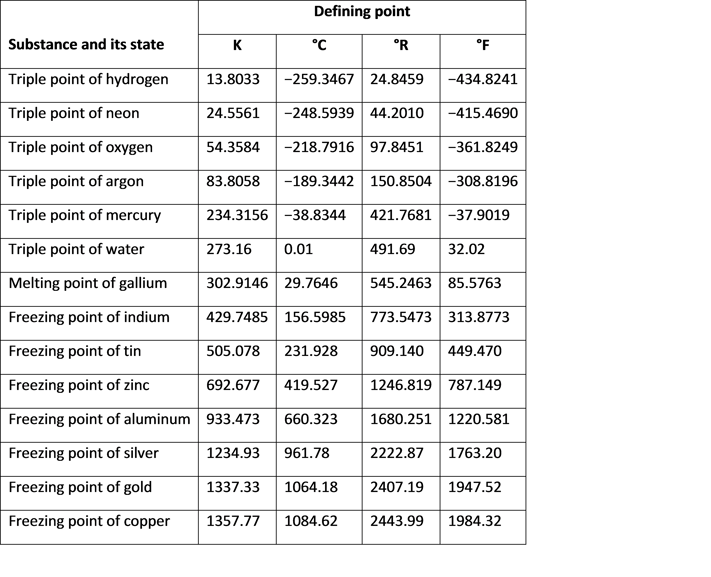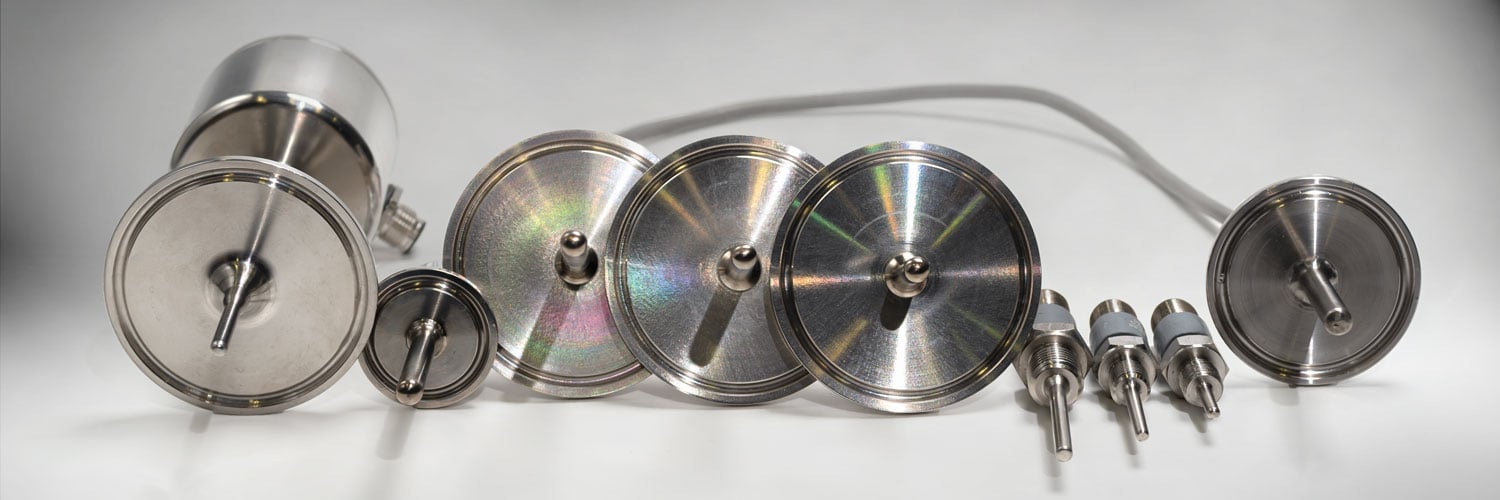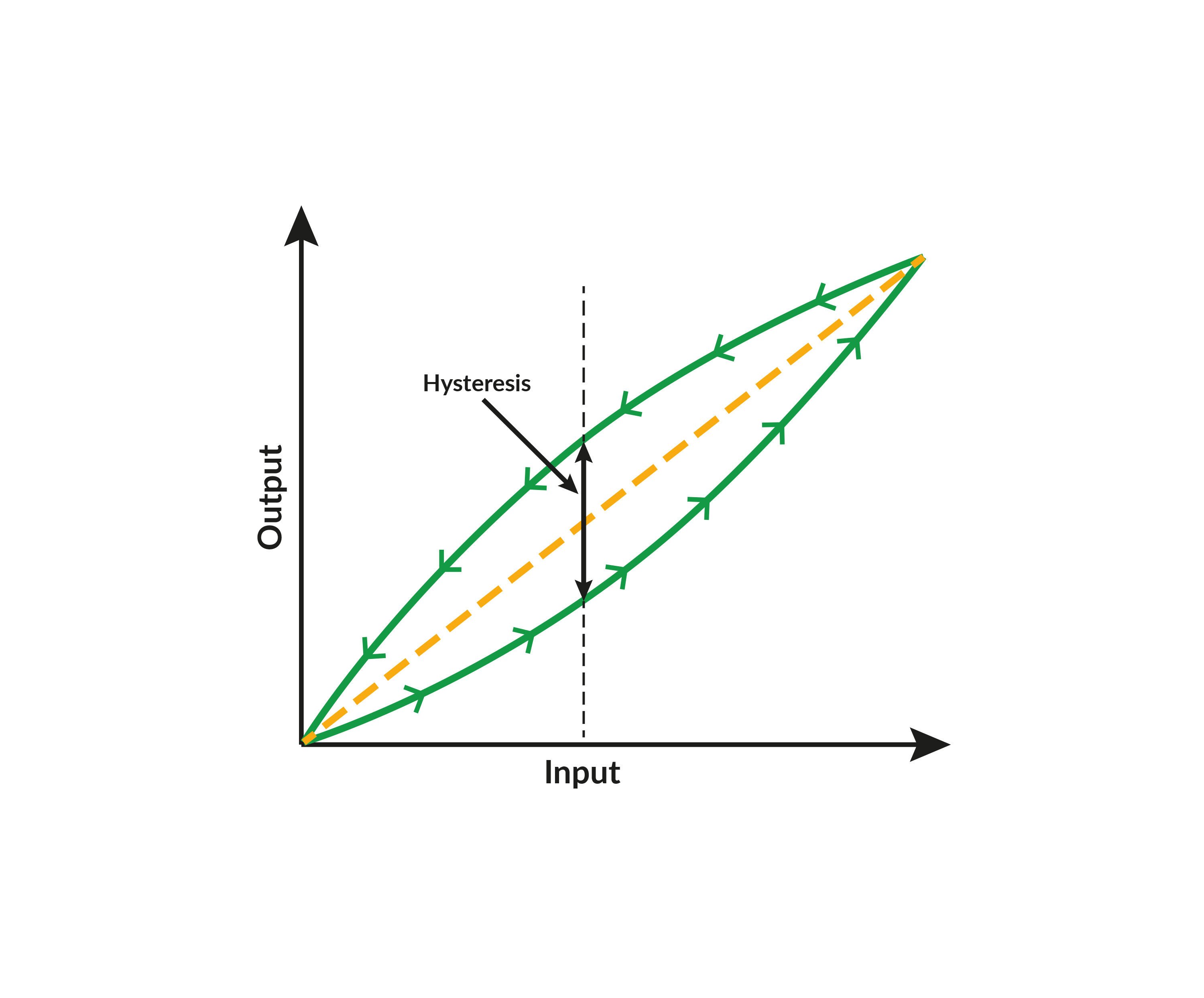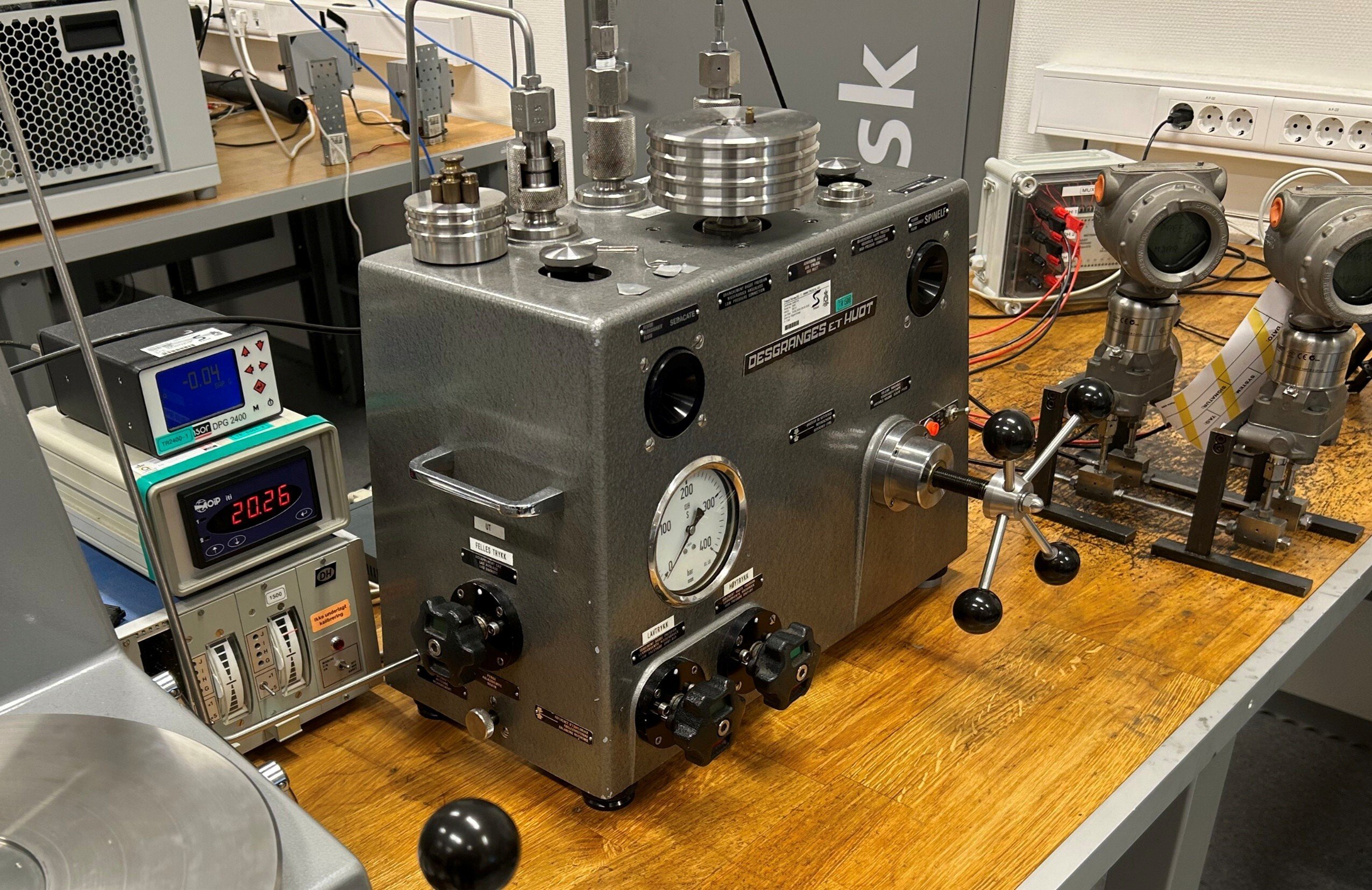
Edit: The definition of kelvin has been edited after the 2019 redefinition of the SI system.
In this blog article, I will be discussing temperature, temperature scales, temperature units, and temperature unit conversions.
Explanation of the above picture
The above infographics illustrate a quick comparison between temperature units in a few common temperatures. Sure a room temperature varies and the human body temperature is not always 37°C (98.6°F). Also, the boiling point of water depends on air pressure and is not always exactly 100°C. But a real Finnish sauna is always at least 100°C (212°F) when properly heated… :-)
A while ago I wrote a blog post about pressure units and I was thinking it would be a good idea to write a similar one on temperature units and their conversions. Let’s first take a short look at what temperature really is, then take a look at some of the most common temperature units, and finally the conversions between them.
Table of content
- What is temperature?
- So, what is hot and what is cold?
- International temperature scales
- Temperature Units
- Conversions between temperature units
- Cgs unit of temperature
- Temperature unit converter
- Beamex temperature calibration products
You can find a Temperature Unit Converter on our website, click the below link to visit it:
Download this article for free as a pdf file by clicking the below picture:
What is temperature?
Temperature is an intensive quantity and describes the energy state of the matter. All materials have atoms and molecules that are in constant movement, vibrating or rotating. A difficult subject simplified, the more they move, the more temperature the material will have. The temperature of an object can be defined by the average kinetic energy of its atoms and molecules, a definition for temperature that we can understand relatively easily. Kelvin is the unit of a fundamental physical quantity called thermodynamic temperature (T) and Since 2019, the kelvin is defined with the Boltzmann constant.
So, what is hot and what is cold?
It is all pretty relative, so these terms hot and cold are not very accurate or scientific. So we need a more specific way to indicate temperature. Several different temperature scales and units have been developed during the recent centuries. And since different scales have been used in different parts of the world, there are still several different scales in use. The actual specifications of some of the old temperature scales were not initially very accurate (such as a human’s body temperature), but later on, specific and accurate reference points and specifications were created.
For high temperatures, there is not really any limit, and it is possible to go to a very high temperature. For example, the temperature at the sun’s surface is 5800 kelvin, while the temperature inside the sun is up to 13.6 million kelvins.
But for the low end of temperature, there is a very specific limit, being the absolute zero temperature, which is the lowest possible temperature. Absolute zero is a theoretical state that possibly cannot ever be achieved. Theoretically, all the movement of atoms would cease almost completely, retaining only quantum mechanical zero-point energy. Absolute zero temperature equals 0 kelvin, -273.15 °Celsius or -459.67 °Fahrenheit. In outer space, the temperature is pretty cold and the average temperature of the universe is less than 3 kelvin.
But let’s next take a look at some of the most common temperature scales and units.
International temperature scales
Thermodynamic temperature is very difficult to measure and several international temperature scales for practical measurements have been published:
- ITS-27; International Temperature Scale of 1927
- IPTS-48; International Practical Temperature Scale of 1948
- IPTS-68; International Practical Temperature Scale of 1968
- ITS-90; International Temperature Scale of 1990
Some additional scales have also been used, for example, PLTS-2000 for improved measurements of very low temperatures in the range 0.9 mK...1 K (Provisional Low-Temperature Scale of 2000).
By international agreement, the current ITS-90 scale is based on the before mentioned thermodynamic temperature (T). The scale defines the methods for calibrating a specified kind of thermometers in a way that the results are precise and repeatable all over the world. Also, the numerical values are believed to be as close to the actual thermodynamic temperature (T) as possible at the time. The methods for realizing the ITS-90 temperature scale include fixed points and functions for interpolating the temperatures in between the fixed values.
The fixed points in the ITS-90 scale are the following:

Temperature Units
The SI unit of temperature - Kelvin (K)
Kelvin is the base unit of temperature in the SI system (International System of Units). Kelvin unit’s abbreviation is K (no degree or degree sign). Kelvin unit was first presented by William Thomson (Lord Kelvin) in 1848.
The kelvin scale was initially developed by shifting the starting point of Celsius scale to absolute zero. With the redefining of the SI system in 2019, the kelvin scale has been defined by fixing the numerical value of the Boltzmann constant to 1.380649×10−23 J⋅K−1.
The kelvin is often used in science and technology. It is anyhow not that much used in everyday life. The symbol of kelvin temperature in terms of ITS-90 is the upper case letter T90.
Celsius (°C)
Celsius is currently a derived unit for temperature in the SI system, kelvin being the base unit. The abbreviation of Celsius is °C (degree Celsius) and the size of one Celsius degree is the same size as one kelvin. The unit and the actual Celsius scale were first presented by a Swede Anders Celsius in 1742. The two main reference points of the Celsius scale were the freezing point of water (or melting point of ice) being defined as 0 °C and the boiling point of water being 100 °C.
The melting point of ice is a relatively accurate specification (assuming you have purified ice and it is properly stirred), but the boiling temperature of the water is not such an accurate temperature in practice as the boiling temperature depends a lot on the atmospheric pressure. As Celsius is an SI unit derived from Kelvin, it’s also linked to ITS-90 and its symbol is the lower case letter t90. In terms of ITS-90, the melting point of the ice is slightly below 0 °C and the boiling point of the water at the normal atmospheric pressure is approximately 99.974 °C.
The size of a degree Celsius equals the size of degree kelvin and 0 K equals -273.15 °C.
The Celsius unit is better suited for everyday use than kelvin and is very popular globally, although not so much used in the USA. A Celsius degree is sometimes also called a Centigrade.
Fahrenheit (°F)
Fahrenheit unit’s abbreviation is °F. The Fahrenheit scale was first introduced by a Dutchman named Gabriel Fahrenheit in 1724. The two main reference points of the scale are the freezing point of water being specified as 32°F and the temperature of the human body being 96°F.
In practice, it is easy to see that the temperature of a human body is not a very precise definition.
Nowadays the Fahrenheit scale is redefined in a way that the melting point of ice is exactly 32 °F and the boiling point of water exactly 212 °F. The temperature of the human body is about 98 °F on the revised scale.
In many areas, Fahrenheit has been replaced with Celsius as a temperature unit, but Fahrenheit is still in use in the USA, in the Caribbean, and also in parallel use with Celsius in Australia and in the UK.
Rankine (°R, °Ra)
Rankine scale is abbreviated as °R or °Ra. Rankine scale was presented by a Scottish William Rankine in 1859, so a few years after the Kelvin scale. The reference point of the Rankine scale is the absolute zero point being 0 °R, like in the Kelvin scale.
The size of one Rankine degree is the same as the size of one Fahrenheit degree, but as mentioned, the zero point is very different.
The freezing point of water equals 491.67 °Rankine.
Rankine is not a widely used scale. It was used in some fields of technology in the USA, but NIST does not recommend the use of Rankine anymore.
Réaumur (°Ré, °Re)
Réaumur scales were introduced by Réne de Réaumur in 1730. It has the reference points being the freezing point of water 0 °Ré and boiling point of water being 80 °Ré.
The Réaumur scale was used in some parts of Europe and Russia, but it has mainly disappeared during the last century.
Conversions between temperature units
The table below provides calculation formulas for converting temperature readings from one unit to another unit.

Cgs unit of temperature
The abbreviation “cgs” comes from the words “centimetre-gram-second”. As these words hint, the cgs system is a variation of the metric system, but instead of using the meter it uses centimeter as the unit for length, and instead of kilogram it uses gram as the unit for mass. Different cgs mechanical units are derived from using these cgs base units.
The cgs is a pretty old system and has been mostly replaced first by the MKS (meter-kilogram-second) system, which then has been replaced by the SI system. Yet, you can still sometimes run into some cgs units.
The cgs system does not have its own temperature units, so it uses the same temperature units: Kelvin, Centigrade, and Fahrenheit.
Temperature unit converter
I know that the above-presented conversion table may not be the easiest one to use…
We developed a free and easy-to-use temperature unit converter on our website that converts between the above listed 5 different temperature units. Hopefully, you will find this converter helpful.
Below is an example screenshot from the temperature unit converter, when converting 100 °C to other units:

Download this article for free as a pdf file by clicking the below picture:
Beamex temperature calibration products
Please take a look at the new Beamex MC6-T temperature calibrator. Click the below picture for more information:
Please take a look at other temperature calibrators and temperature calibration products Beamex offers on our website:
Temperature Calibration eLearning
Free eLearning course on industrial temperature calibration.
Master temperature calibration with this free comprehensive eLearning course from Beamex. Deepen your knowledge, pass the quiz, and earn your certificate!
Temperature Sensor Calculator
A free tool to easily convert between temperature and electrical signals for thermocouples and RTD sensors.
https://www.beamex.com/resources/temperature-sensor-calculator/
I hope you found this post useful.

























.jpg)






.png)
.png)
Discussion